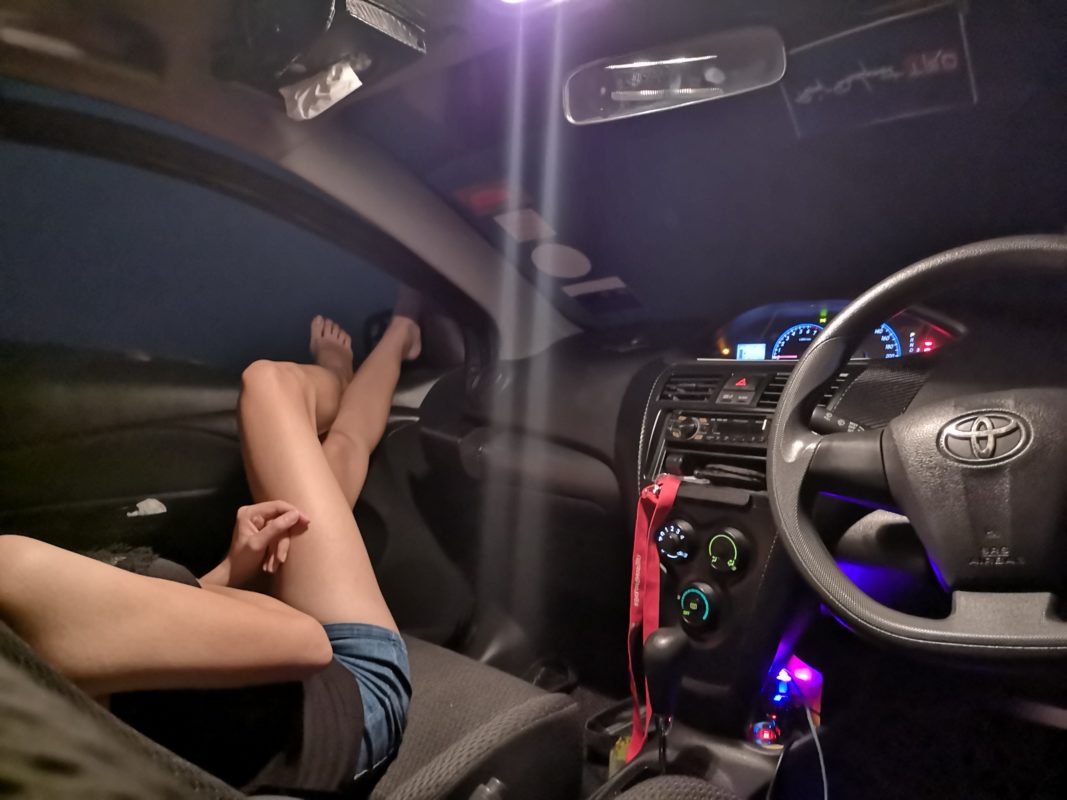Buying a second hand car does not mean you settle for something that is not up to scratch. While you have to make some sacrifices, your car should still be tidy, in good condition, and last for a long time to come.
It’s essential in NZ to own a car, for road trips or just around town. A new car can be expensive and they depreciate quickly, so a second hand car is a wise choice. However, it is important that you get yourself a good deal – not just monetarily, but in terms of a car that comes in good condition and with no legal hassles attached. Here is what you should keep in mind to ensure that you don’t end up with a lemon of a second hand car.
Check if the car is stolen
Once you are interested in a second hand car, it is important that you do a background check on it to ensure that it is not stolen and does not have money owed. The New Zealand Police website has a dedicated page that will help you check their database on whether the car is stolen or not. All you need to do is input that registration or chassis number. The site also allows you to download a list of stolen vehicles to cross-check from across various cities of the country. However, there are a few limitations to the information:
· The police does not guarantee the accuracy of the information available. There may be delays in listing vehicles stolen, and those recovered.
· The data base does not include registration plates that are lost or stolen.
If you find that you are in talks with the seller of a stolen vehicle, make your safety a priority and then report to the authorities.
Check if the car has money owed
The simplest way to check if a car has money owed is to get a Vehicle Information Report (VIR) online. All lenders will register security (money owed) against a vehicle on the Government Personal Property Security Register (PPSR). There could be a chance that the registration plates have been changed, in which case outstanding money against it will not show. For this, consider a past plate check, to make sure there’s no money owed on all previous registration plates.
If the vehicle you are interested in has money owed, here are some options for you:
· Arrange with the seller to settle the pending money, as the finance company will discuss these details only with the debtor.
· Settle the money owed with the finance company directly and then pay the remaining value of the car to the seller. This is a sure shot way of knowing that you have debt-free vehicle.
· Generate another VIR to ensure that you are in the clear, with using either of these options.

Inspection tips for a second hand car
Here are pointers to keep in mind when inspecting a potential second hand car for purchase:
· Ensure that all the paperwork is in order. The warrant of fitness optimally should be less than a month old.
· Ask for records of major repairs and the service history of the car from the seller.
· Check for any recalls of the model of the car you are looking at.
· Be extra wary of the condition of the car if it has crossed 100,000 km.

A safety checklist:
For the exterior and interior
· Look for rust, particularly on the structural support and the body of the car. Also look for it on weight-bearing parts, the boot-liner, in the spare tyre area as well as the petrol cap door.
· Examine the paint. A rippled finish could indicate that some work has been done on the body. Varying shades of paint may cover up some minor damage.
· Test the shock-absorbers and see if they need replacement. The car sagging to one side could mean they need to be changed.
· Check all tyres to make sure they meet legal requirement of being at 1.5mm deep across 3/4th the tread pattern. Look for worn tyres or those that have worn out unevenly.
· Check all the panels, doors, windows, the bonnet and boot for alignment and smooth functioning. Do the same for the dashboard.
· Look at the exhaust to ensure that there are fumes leaking, as well as no leaks from the muffler.
· Work the seats and seat belts to ensure they are in good condition.
· Test the wipers, opening levers for the boot and bonnet as well as the movement of mirrors
· Get the engine professionally evaluated by an accredited mechanic.
Take a test drive
Before you drive the car, make sure the car insurance is valid while you drive it. Switch on the car and not the engine, and check warning lights, oil and coolant levels as well as the hand brake light. Start the engine and ensure that it is a smooth process. When driving, listen for odd sounds. Anything that goes clang, tap, grind or squeal needs to be examined. Test the car on uphill and downhill drives, in car parks, as well as its performance when braking.
Only when you have gone through such a rigorous check should you consider making a payment for a second hand car. Do make sure to update car insurance, registration details and any other paperwork where needed. This will save you a lot of trouble and money once you own the car.
Happy and safe driving awaits you.
Facebook Comments